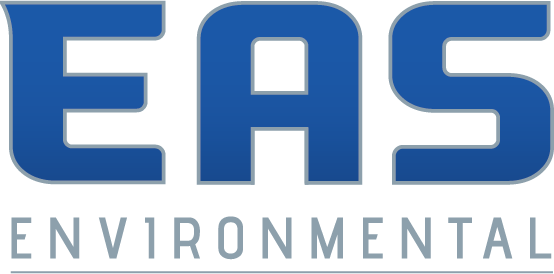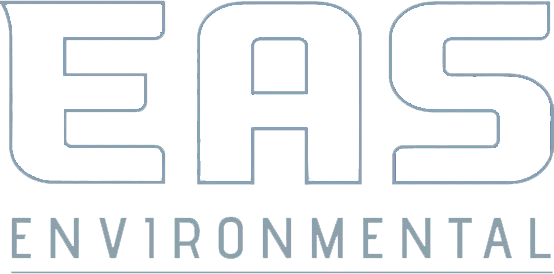
Your home's crawl space is a crucial but often underappreciated area, tucked beneath the surface and responsible for supporting the structural integrity of your property. However, it's also a space prone to water intrusion and moisture problems. In this blog, we'll explore how a sump pump can be your crawl space's unsung hero, effectively keeping it dry and safeguarding your home from potential water damage.
The Role of a Sump Pump in Maintaining a Dry Crawl Space
A sump pump plays a vital role in maintaining a dry and moisture-free crawl space, which is crucial for preserving your home's structural integrity and indoor air quality. When excess moisture infiltrates this subterranean area, it can lead to a range of problems, including mold growth, wood rot, and damage to the foundation. The sump pump, installed in the lowest part of the crawl space, effectively removes any accumulating water, ensuring your space stays dry and free from water-related issues.
The operation of a sump pump is relatively simple but highly effective. It collects water in a sump pit, activates when the water level rises, and then pumps the water out and away from your crawl space. This prevents water buildup, maintaining a moisture-free environment that protects your home from the potential devastation of water damage. By investing in a sump pump, homeowners not only preserve the structural integrity of their property but also create a healthier and safer living environment.
Preventing Water Damage: How Sump Pumps Work in Crawl Spaces
Preventing water damage is a top priority for homeowners, and sump pumps play a critical role in this endeavor when it comes to crawl spaces. These often-neglected areas can be prone to water intrusion due to their subterranean nature, which, if left unchecked, can lead to a cascade of problems like mold growth, structural decay, and even foundation damage. Sump pumps work as a reliable defense mechanism against these threats by efficiently removing excess water, ensuring a dry and resilient crawl space.
The operation of a sump pump is straightforward yet highly effective. It consists of a sump pit, typically installed in the lowest part of the crawl space, which collects water as it accumulates. When the water level in the pit rises to a certain point, the sump pump activates and expels the water, preventing any further buildup. This action helps maintain a moisture-free environment, preserving your home's structural integrity, indoor air quality, and overall value. By investing in a sump pump for your crawl space, you not only protect your home from water damage but also ensure a safe and healthy living environment for you and your family.
Understanding Sump Pump Operation for Crawl Space Dryness
Understanding the operation of a sump pump is essential for homeowners looking to maintain a dry and moisture-free crawl space. These devices serve as a reliable line of defense against water intrusion and its associated problems, such as mold growth and structural damage. The sump pump's operation begins with a sump pit, which is installed in the lowest part of the crawl space. This pit collects water as it accumulates, and when the water level reaches a certain point, the sump pump activates, expelling the water safely away from the crawl space, preventing further buildup.
The efficiency of a sump pump lies in its ability to quickly respond to rising water levels, effectively preventing moisture problems. The operation of this pump ensures that your crawl space remains dry, promoting a healthier living environment and safeguarding your property from the potential devastation of water damage. By understanding how sump pumps work, homeowners can take proactive measures to keep their crawl spaces moisture-free and protect the structural integrity and value of their homes.
FAQs
Contact EAS Environmental Today!
EAS Environmental will do everything we can to ensure your experience with us is excellent.
Request A FREE Estimate
Request a Free Estimate Form
Checkout Recent Post
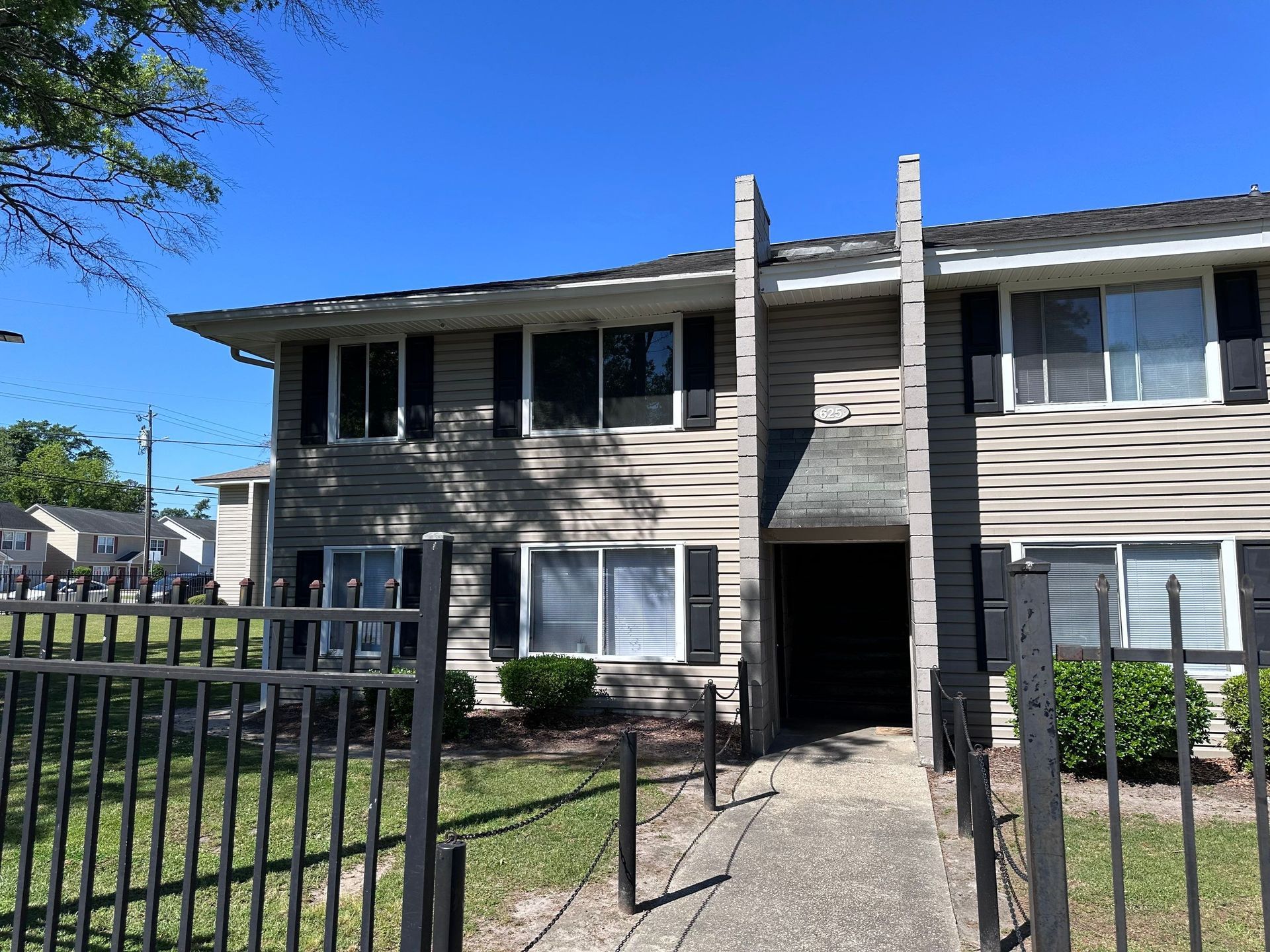
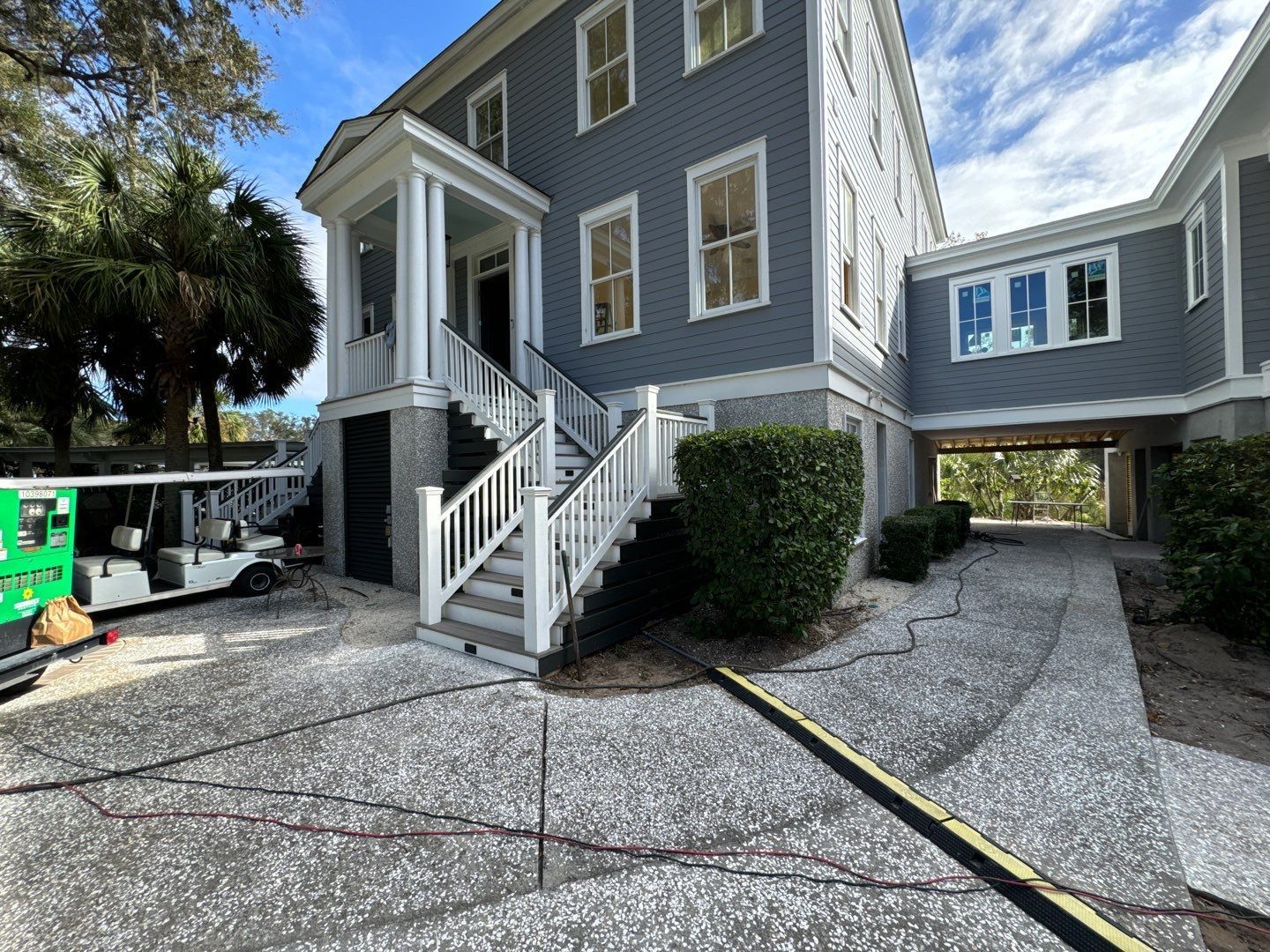
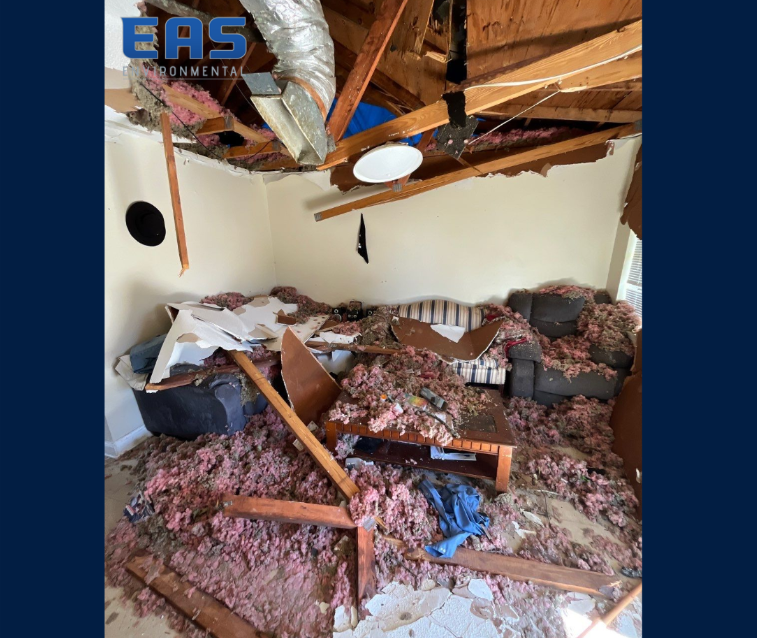
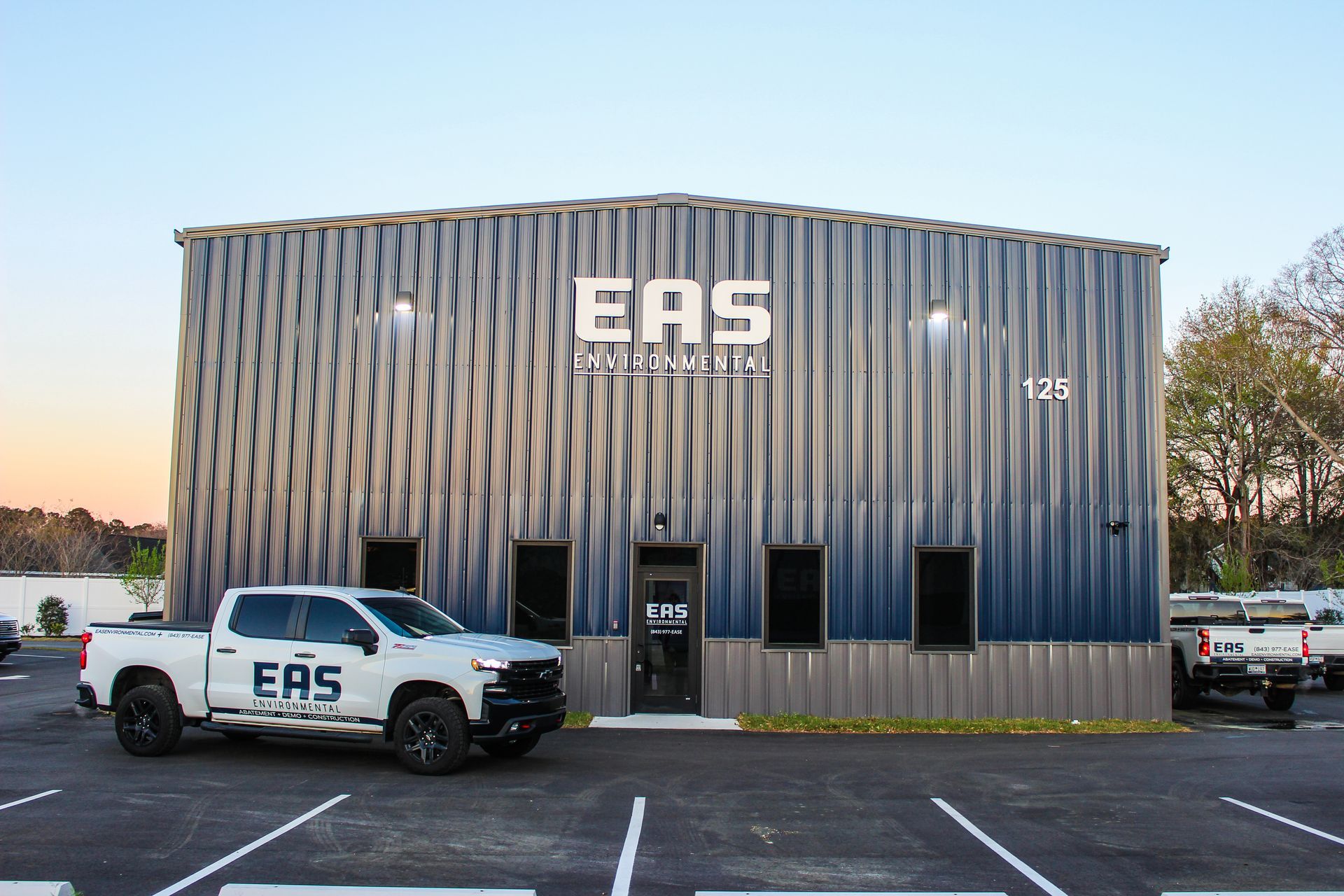
Got a Question? We’re Here to Help.
You can arrange an appointment or make an enquiry by phone or email, orget in touch to us via our contact form.
